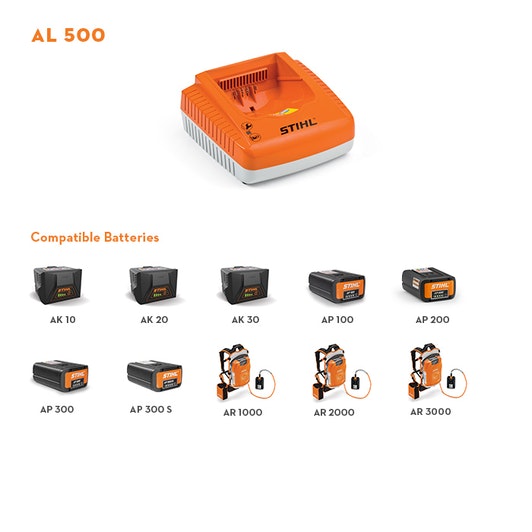
The cost of the housing can depend on the size, materials, facilities and the number of cats you plan to house. Ensure the doors are secure and the correct temperatures are maintained. The areas must meet the minimum space and dimension requirements (we will look at this more later) and must protect the cats from the weather. You must ensure that your housing areas keep all cats separate and that the cats preferably cannot see each other. Most cats dislike other cats, especially those they are not familiar with. When purchasing or building the housing area, you must account for the agility and climbing skills of the cats and the prevalence of diseases, infections and fleas.

Some of the equipment recommended for your cattery business includes: Housing areas When setting up your cattery business, you will need to plan your equipment requirements and purchase or rent the equipment and tools you will need. Luxury facilities usually house fewer cats at one time so the cats can get extra time and attention. Daily grooming, gourmet menus, socialisation and entertainment, and even cat spa services may be available. Luxury: A luxury cattery, sometimes referred to as a cat hotel, will have larger, more luxurious units for the cats to stay in.A mid-market cattery business will likely offer larger housing areas than budget catteries and extra services. Mid-Market: A mid-market cattery is targeted at customers who want their cats to have a little more comfort and luxury but don’t want to spend too much money.The cats may also get fewer visits from staff per day. Customers may also have to provide their cat’s food during the stay. They will usually have smaller housing areas with fewer extras available. Budget: Budget catteries are designed for those who want to spend a minimum amount on their cat’s boarding.When identifying your target market, you first need to decide what type of cattery you are going to run. The types of customers you will target with your cattery business are cat owners. It requires commitment, so ensure this is the best business opportunity for you before you begin operating. Running a cattery business can be demanding and time-consuming. If you are an animal lover, with experience in taking care of cats and you have a flair for business, starting up a cattery business could be a great option for you. Ensuring the housing area for each cat is the correct size, in line with regulations.

Protecting the health, safety and wellbeing of the cats, your employees and any visitors to your cattery.Providing beds, toys and scratching posts.Feeding the cats and ensuring they have enough water at all times.Ensuring the housing area for each cat is secure and the cat is unable to escape.Providing each cat with a clean, heated, well-lit sleeping area.Running a cattery business will mean you have multiple responsibilities including: You may also choose to have a communal area where cats can play, exercise or socialise, either together or separately. Instead, your cattery will have many separate rooms or enclosures. However, the cats should never be kept in the same sleeping area unless they come from the same household. To set up a successful cattery business, you will need clean, spacious, fit-for-purpose premises and facilities, appropriate equipment, knowledgeable caring staff and the correct licences.Ĭatteries look after multiple cats at one time. A cattery is a professionally run, licensed business that takes care of cats for a short time.Ī cattery business will take care of cats of all ages, from kittens to elderly cats. This could be because their owner is on holiday, ill, in hospital or the cat is unable to stay at the home temporarily. With more than a quarter of British households having a pet cat, it’s no surprise that catteries are consistently in demand.Ī cattery is a place where cats are temporarily housed.

There are more than 10.8 million pet cats in the UK, with 26% of households having at least one feline friend in their home.


 0 kommentar(er)
0 kommentar(er)
